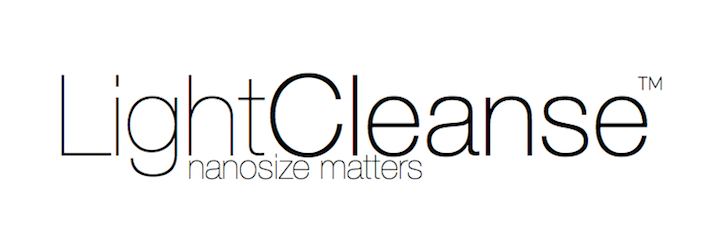Our BIG IDEA for London Buses
We've done some work on a perennial problem. Outdoor Air Quality in London.
Based on data provided by gov.uk...
...we can see there are around 9000 buses in London. They are part of the air quality problem, but can also be part of the solution. Coated with a durable ultra thin film of our super small Titanium Dioxide nano particles, they would, through a long lasting photocatalytic reaction, generate large quantities of oxidants, acting upon the organic contaminants, as each bus journeys through the city streets.
How? Every 100m2 of treated surface has the equivalent environmental effect of 30 Trees @ 22m2 foliage.
1 Single Decker Bus has approx 120m2
1 Double Decker Bus has approx 150m2
Let's err on the low side. 9000 buses at a nominal 100m2 emitting oxidants is equivalent to planting 270,000 trees inside the M25, with enormous consequent improvement to air quality.
To put that in context, the Big Tree Plant, backed by Defra, aimed for one million trees in the whole of England over a five year period.
https://www.gov.uk/government/news/on-track-to-plant-one-million-new-neighbourhood-trees-in-england
The best part is that this is entirely practical to do, and relatively cheap. To coat a bus, using our special machine, takes one person about one hour. Because the coating has the useful side effect of causing water and contaminants to sheet off the surface of the bus, it also is a self cleaning solution.
Now this coating can also be applied to the inside of the vehicles, increasing the benefits, and of course can be applied to trains, taxis, minicabs. Not to mention transport offices, stations, shelters, delivery vehicles.
Importantly, this is in general a well proven established technology. To understand it better visit this page
What is new, and our unique selling point, is the size of our nano particles.
They make our film hugely more efficient, without requiring potentially harmful chemical additives to kick start the photocatalytic reaction. So the technology now produces much better results, and is green.

